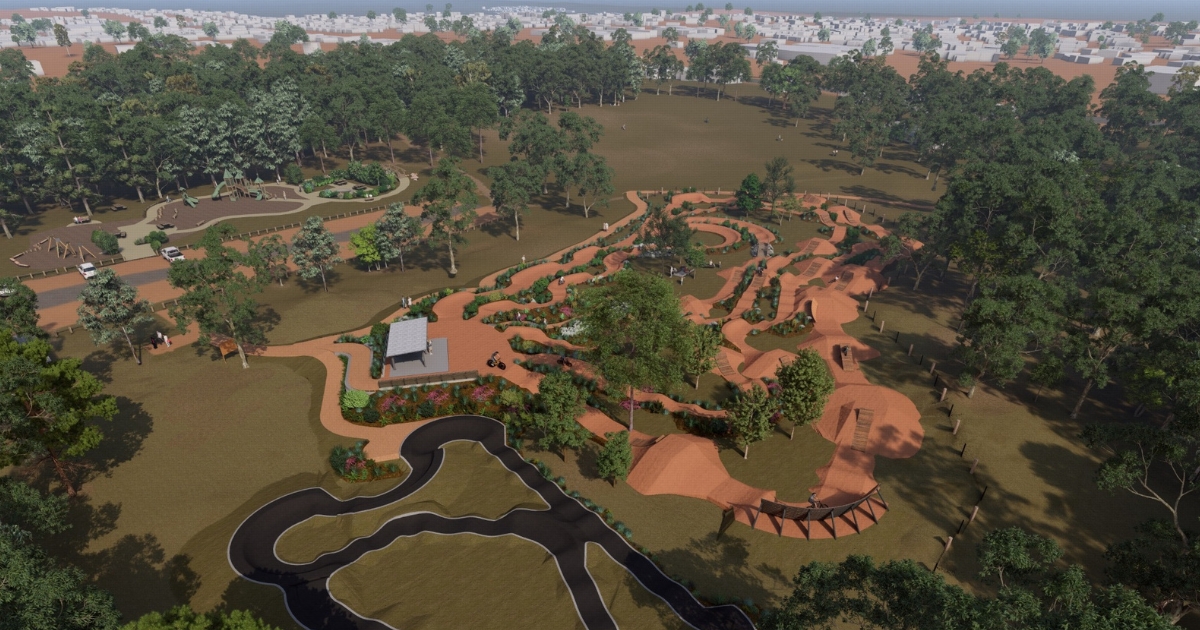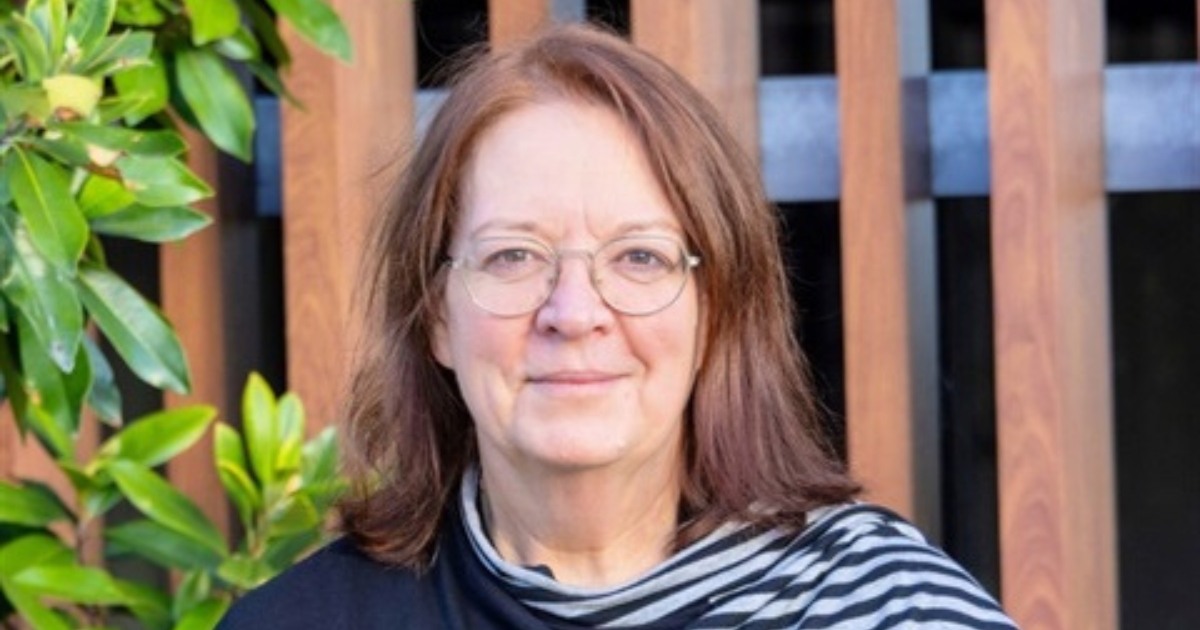Deakin project creates new reality at Eastern Beach
A NEW vision of Eastern Beach Reserve has been created by Deakin University and a group of visiting students from Colombia through a virtual reality project.
The group of architecture and industrial design students joined with Deakin landscape architecture students to design a ‘Colombian cultural experience’ at Eastern Beach that can be experienced in virtual reality.
The group first captured images at Eastern Beach Reserve with a special 360 degree camera. Working with Deakin’s Interdisciplinary Design environments for Engineering and Architecture (IDeEA) Lab, the students introduced elements of built environment and design to the setting to examine to what extent place could be represented in augmented space.
Project leaders Dr Beau Beza and Professor Jules Moloney from Deakin’s School of Architecture and Built Environment said the idea behind the project was to work out what level of realism was needed to create a “feeling of place” in the virtual world.
Dr Beza said it was a new way of approaching virtual and augmented reality, including sounds, textures, and recreating the true ambience of a realworld setting.
“What tends to happen if an architect is designing a space is they create a scene that looks as real as possible, but there’s still a large disconnect between the space and the community judging it.
“We want to develop a simple platform where people are truly immersed in a setting using existing and affordable technology.”
He said the type of technology the group was developing could have a big impact on how community was engaged with in the planning of urban development and large scale infrastructure projects.
“If you’re going through planning approval for a project you have to identify existing site conditions, show the proposed impacts, what you’re going to do, and that then has to go through planning approval, and be reviewed by the local community.
“What we’re doing would allow for perception of a space to enter into the approval process. People can really get a feeling for what a space is going to belike once it’s developed.”


















